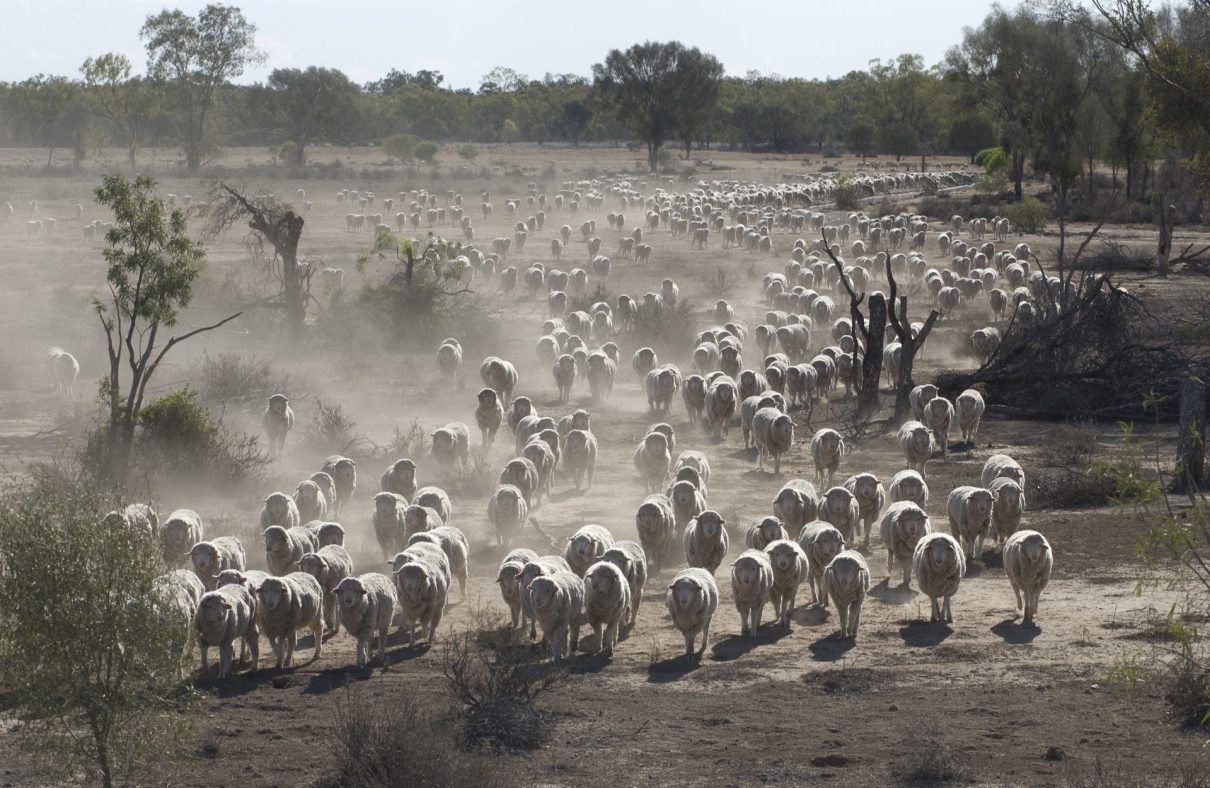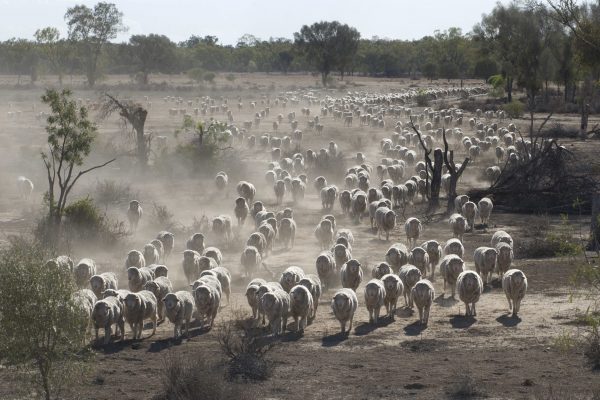Australia urgently needs a dedicated, independently administered fund to meet the escalating costs of natural disasters due to global warming.
Beneficiaries of the National Climate Disaster Fund?
Funding can be distributed amongst the most disaster impacted regions and sectors in Australia. These include:
Farmers
Australian farmers are at the forefront of natural disasters and climate impacts.
Wheat yields in Australia have already declined by 27% from 1990 to 2015 below what they would otherwise have been due to climate impacts (Hochman et al (2017) Climate trends account for stalled wheat yields in Australia since 1990). A recent CSIRO report examined 25 locations in south eastern Australia and found that without adaptation meat production could be reduced by up to 92% by 2050 and wool production by up to 95% as a result of climate change (Gaharamani and Moore (2014) Systemic adaptations to climate change in southern Australian grasslands and livestock: Production, profitability, methane emission and ecosystem function). Recent floods in QLD are estimated to have cost farmers $432 million, including $348 million in stock losses as well as indirect costs (Deloitte Access Economics (2019) The social and economic cost of the North and Far North Queensland Monsoon Trough: Queensland Reconstruction Authority). An AgForce survey in October 2018 found that about half of Queensland’s farmers had lost more than half their annual income due to drought (AgForce (October 2018) Media Release: Impact of drought laid bare in survey of Queensland farmers).
The NCDF could provide a source of funding to assist farmers in recovering from natural disasters, building resilience, and as adjustment funding for those farmers forced to exit the industry due to changed climatic conditions.










